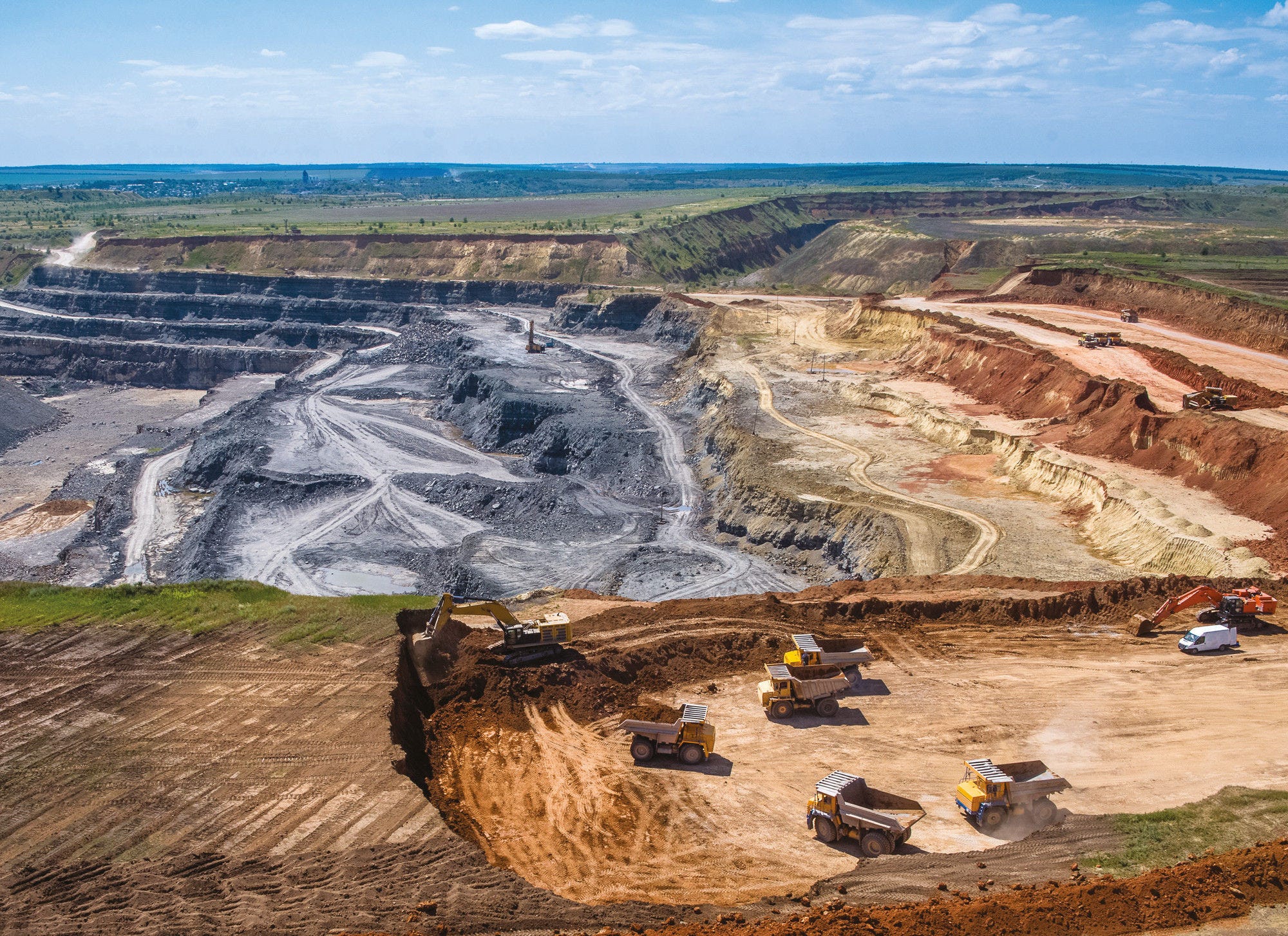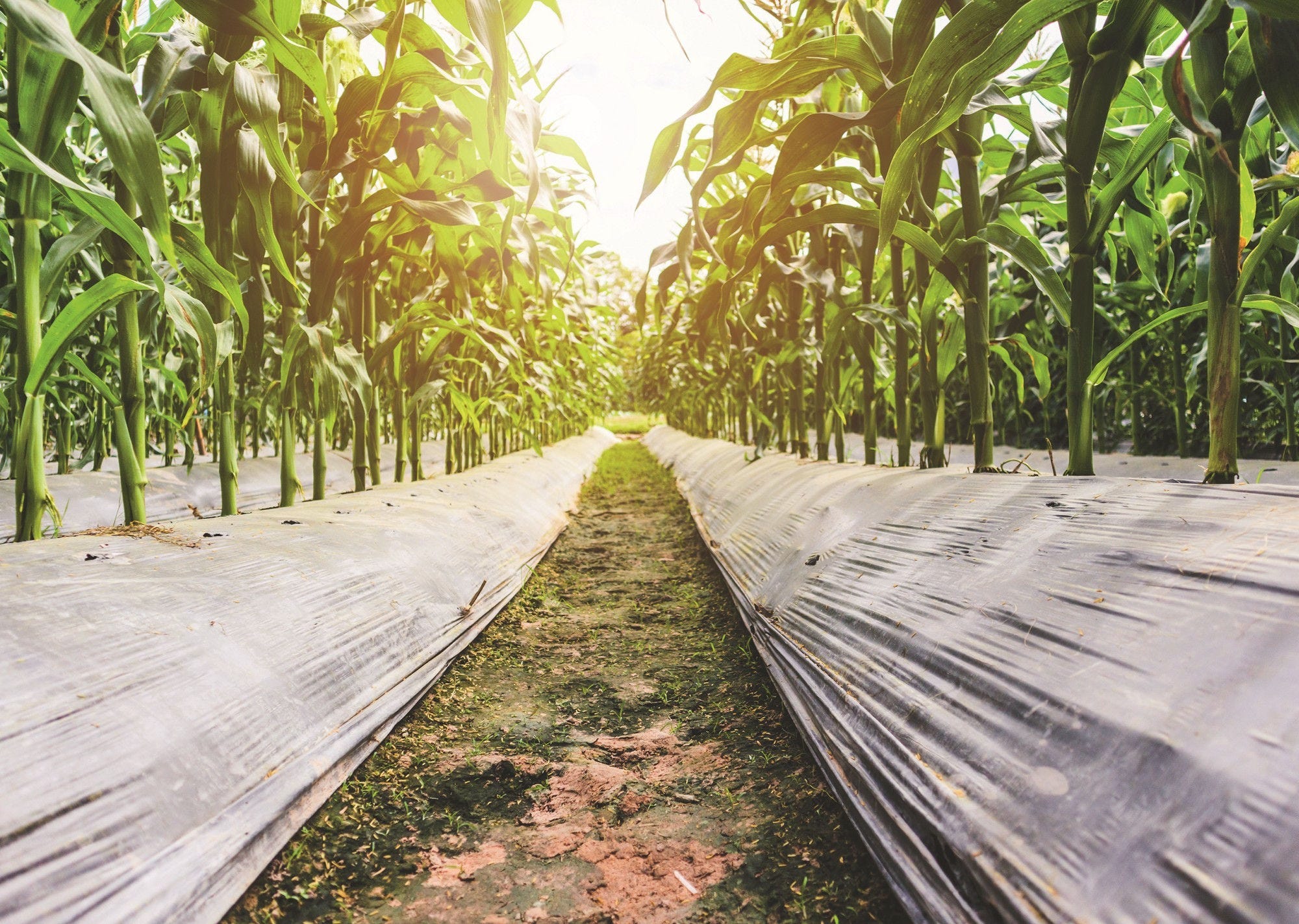This handbook was developed to help companies embed environmental considerations into their mineral supply chain due diligence procedures. The handbook builds on the leading international, government-backed standards on supply chain due diligence and responsible business conduct: the OECD Guidelines for Multinational Enterprises on Responsible Business Conduct, the OECD Due Diligence Guidance for Responsible Supply Chains of Minerals from Conflict-Affected and High-Risk Areas and the OECD Due Diligence Guidance for Responsible Business Conduct. This handbook demonstrates how OECD instruments on due diligence can be applied to address environmental risks and impacts in mineral supply chains by contextualising existing recommendations and directing users towards useful resources.
Handbook on Environmental Due Diligence in Mineral Supply Chains

Abstract
Executive Summary
Enterprises play a key role in advancing sustainable economies and can contribute to delivering an effective and progressive response to global, regional and local environmental challenges, including the urgent threat of climate change. The upstream segment of the mineral supply chain (generally understood as the point of extraction through to the point of transformation) has traditionally been associated with significant environmental risks and impacts. At the same time, the sector is growing, driven by an increasing demand for minerals to fulfil the material needs of a growing and increasingly affluent global population, as well as ambitious government and business renewable energy targets and rising demand for minerals critical to the energy and digital transition, such as cobalt, copper, lithium, nickel and rare earths among others.1 Although a more ‘circular economy’ based on recycling and reuse of minerals has clear potential for reducing certain environmental risks and adverse impacts, primary extraction of minerals will remain critical to delivering the low carbon transition and more broadly achieving the Sustainable Development Goals (SDGs) at the speed required.2
This Handbook provides an introduction to environmental issues in the upstream segment of mineral supply chains. It is intended to help downstream enterprises (metal traders and exchanges, component manufacturers, product manufacturers, original equipment manufacturers and retailers) understand how they can embed environmental considerations into their supply chain due diligence processes, while also helping upstream enterprises (miners, local traders and exporters, international concentrate traders, smelters and refiners, and recyclers3) meet the due diligence expectations of their customers and other downstream business relationships.
The Handbook has four sections. Chapter 1 provides the background on why risk-based environmental due diligence matters to businesses operating in mineral supply chains and considers environmental due diligence in the context of two important topics in the minerals sector: artisanal and small-scale mining (ASM) and circular value chain approaches. Chapter 2 clarifies what is meant by adverse environmental impacts and provides examples of common environmental issues found in upstream mineral supply chains. It also aims to help businesses understand factors that may affect the severity and likelihood of environmental risks. Chapter 3 discusses integrating environmental risks and impacts into enterprises’ implementation of the OECD six-step due diligence framework and finally Chapter 4 leads readers through the six-step risk-based due diligence framework, answering specific questions on how business can address environmental considerations under each of the steps. Annex A includes a Glossary of environmental terms while Annex B provides a, non-comprehensive, list of useful resources and materials.
Notes
← 1. There is no definitive list of minerals critical to the energy and digital transitions, and a mineral’s assessed criticality can change over time and between countries.
← 2. For more information see OECD (2023), Net Zero+: Climate and Economic Resilience in a Changing World, OECD Publishing, Paris, https://doi.org/10.1787/da477dda‑en.
← 3. A sub-set of upstream entities located at or immediately around the point of transformation like smelters, refiners and international concentrate traders are sometimes referred to as ‘mid-stream’ to distinguish them from other upstream entities.
Related publications
-
 Policy paper22 November 2024
Policy paper22 November 2024



